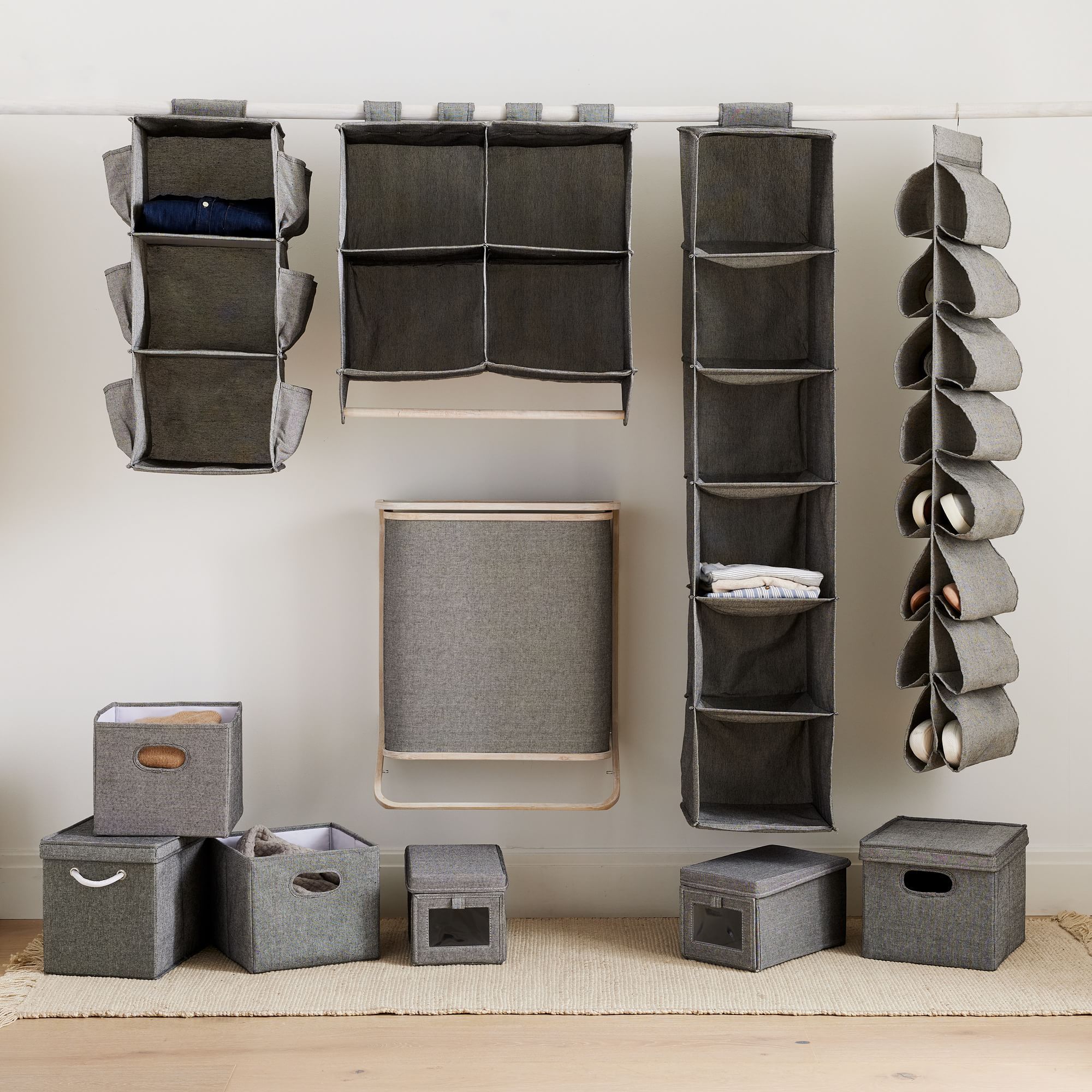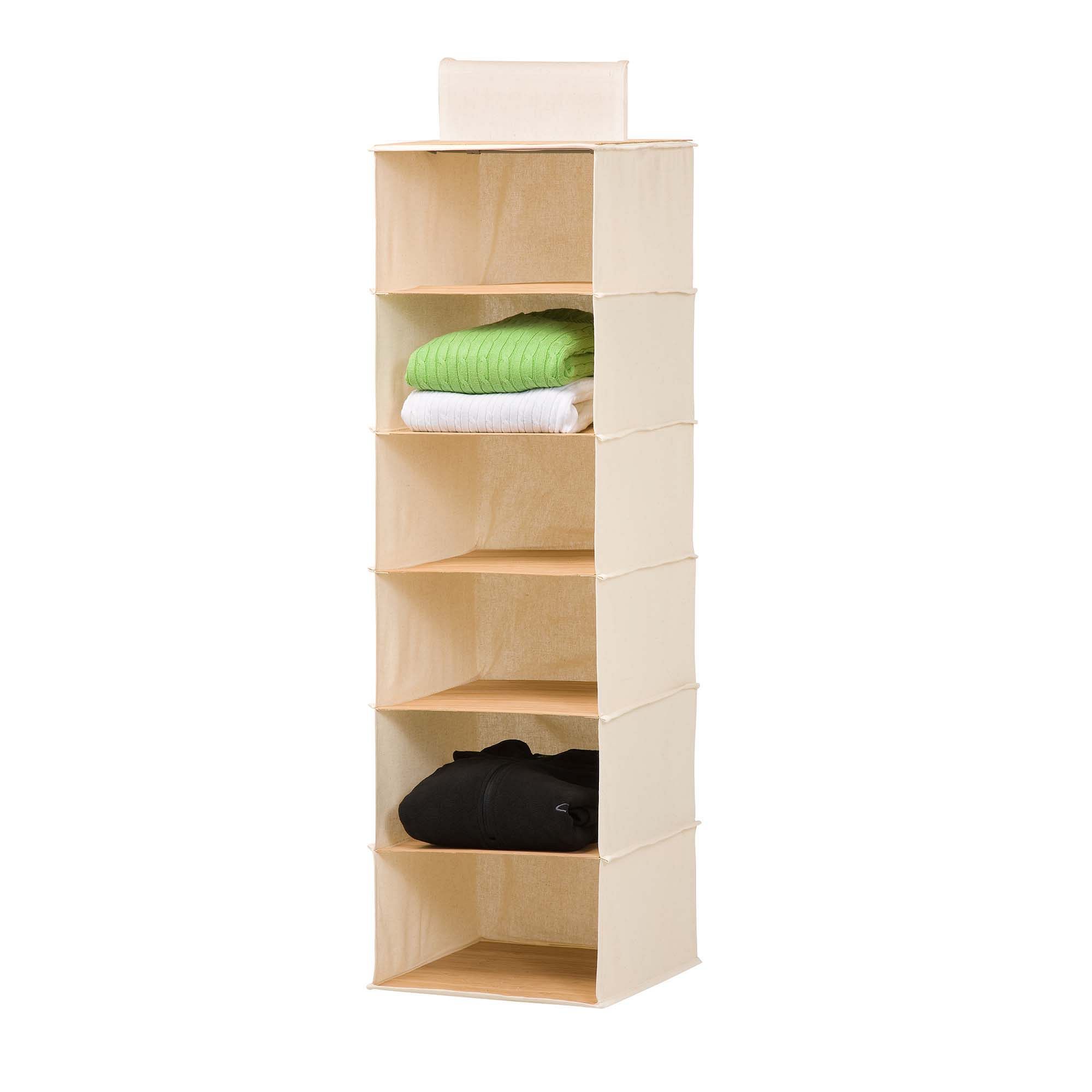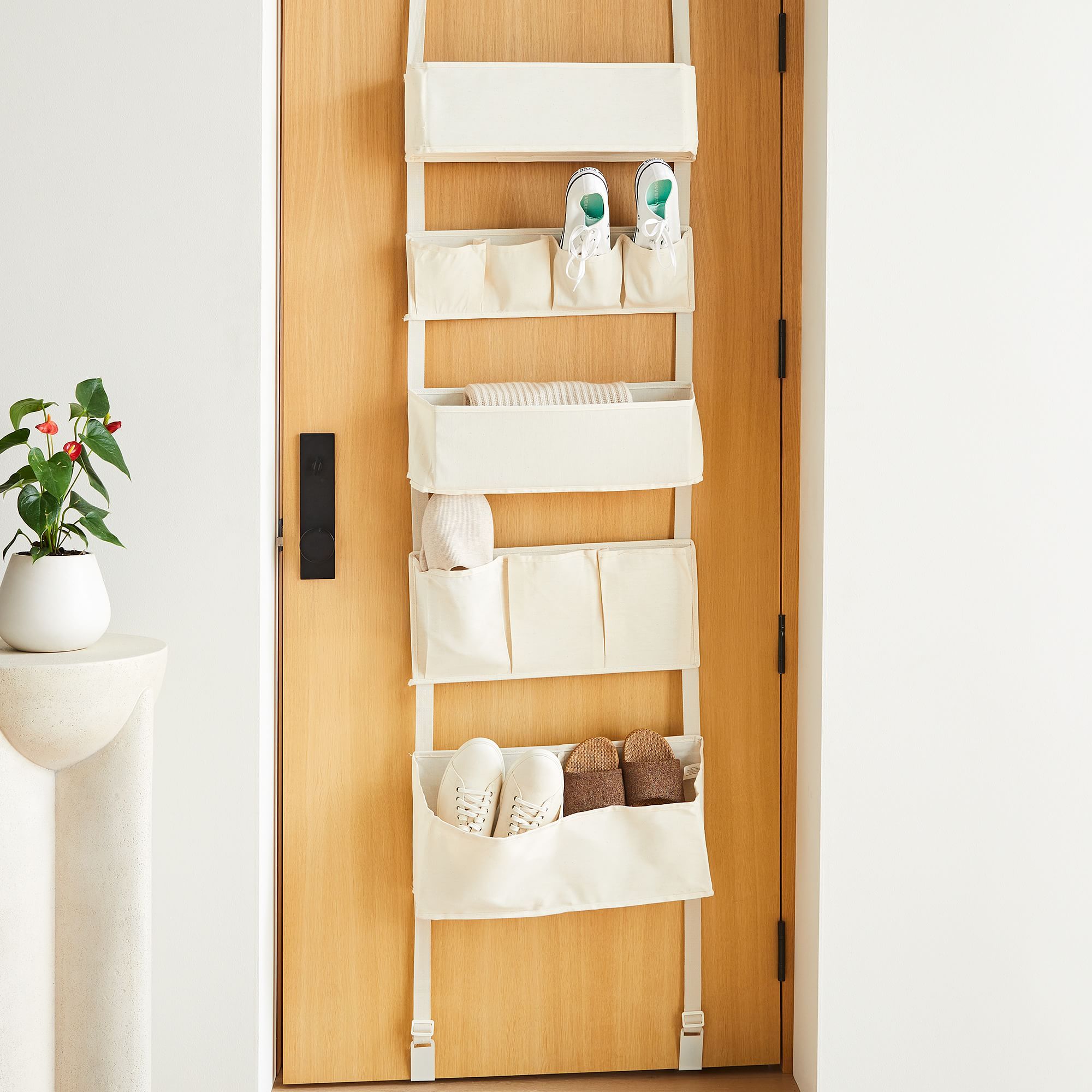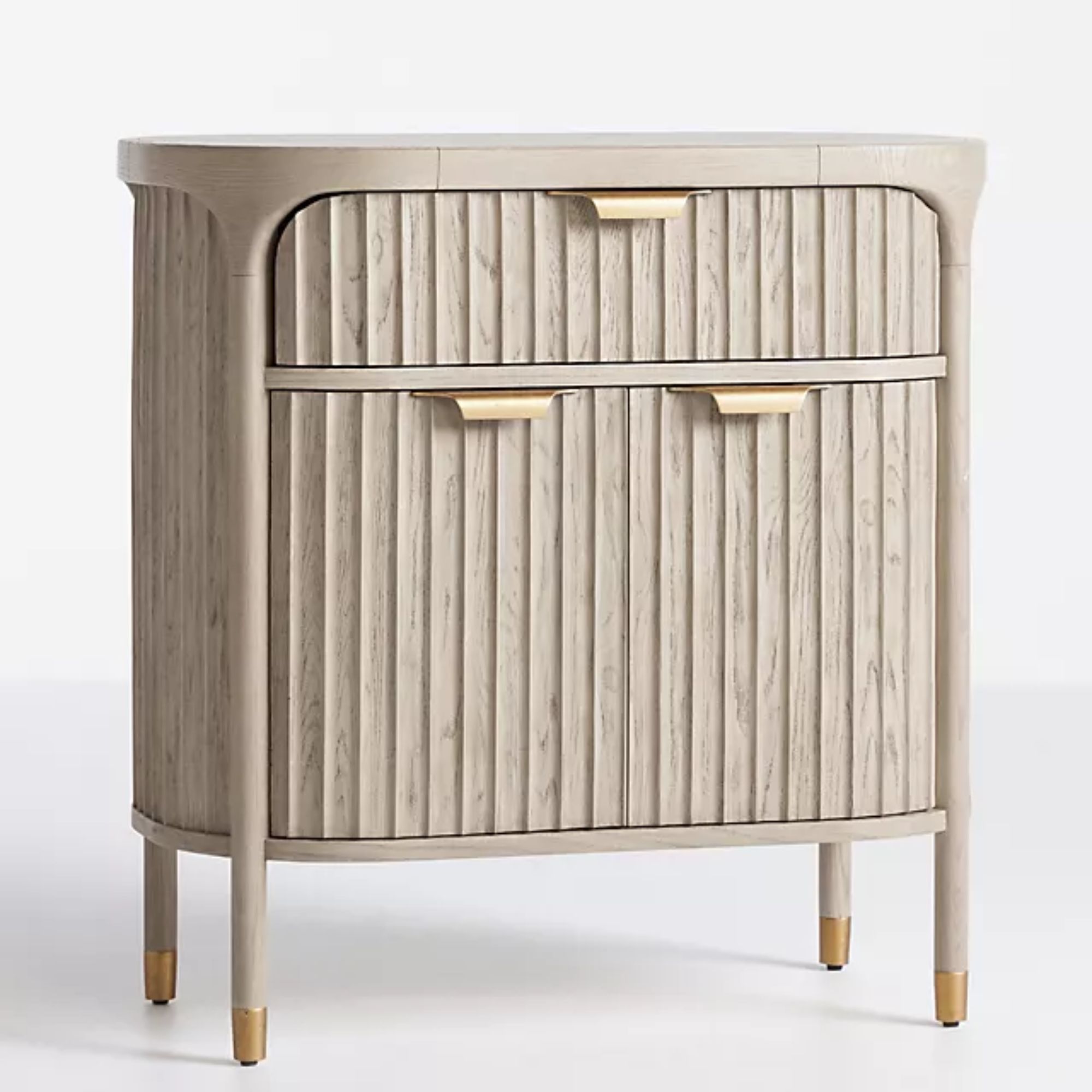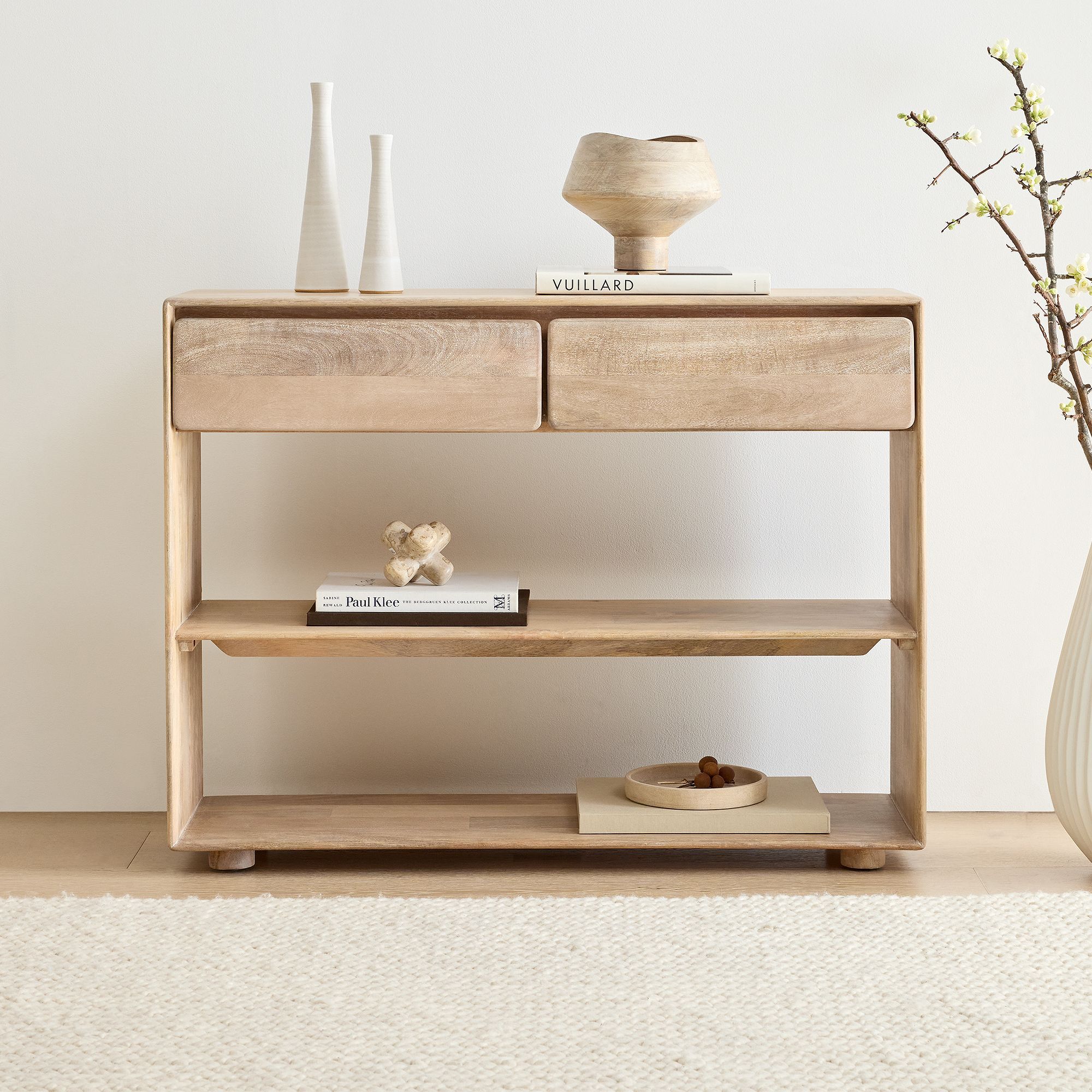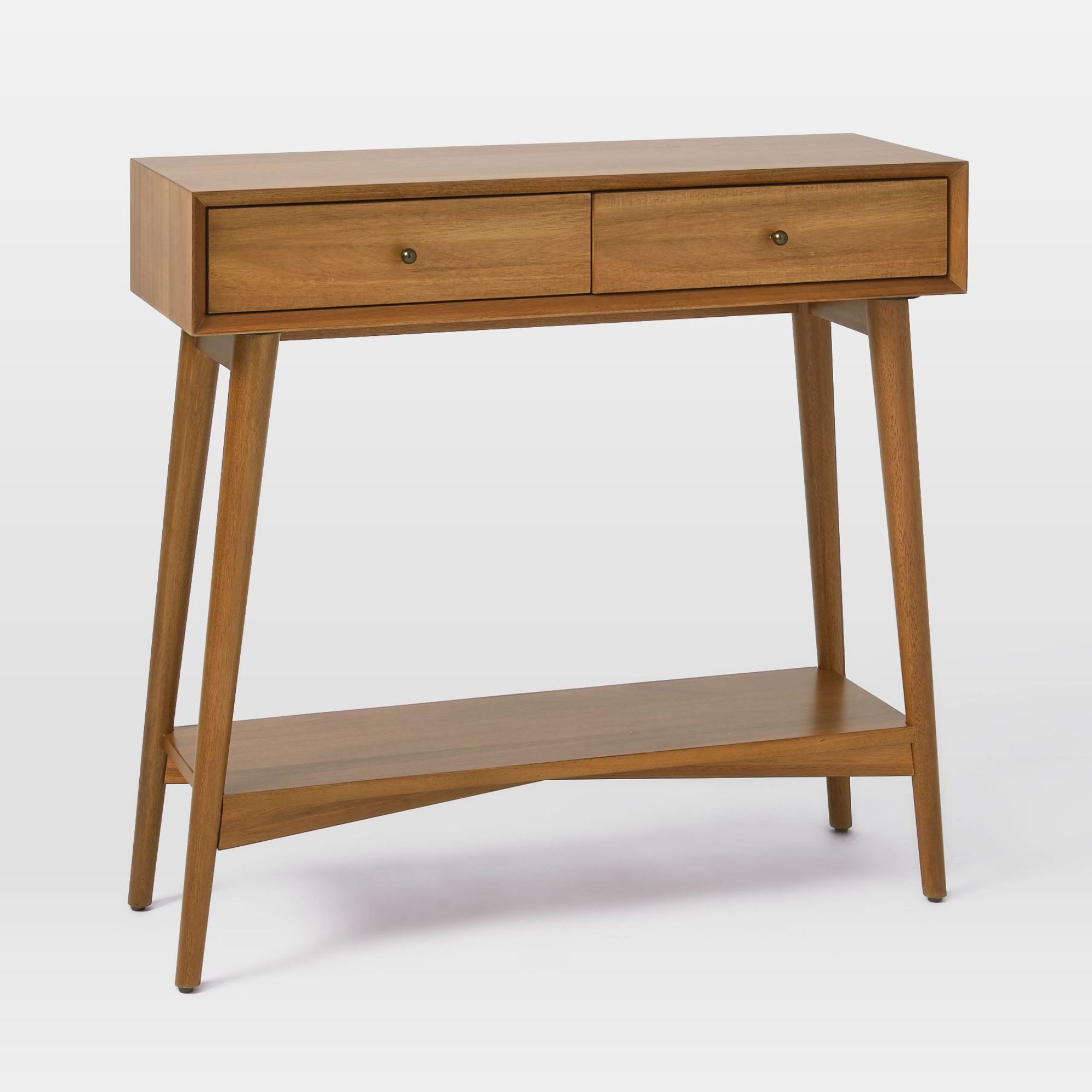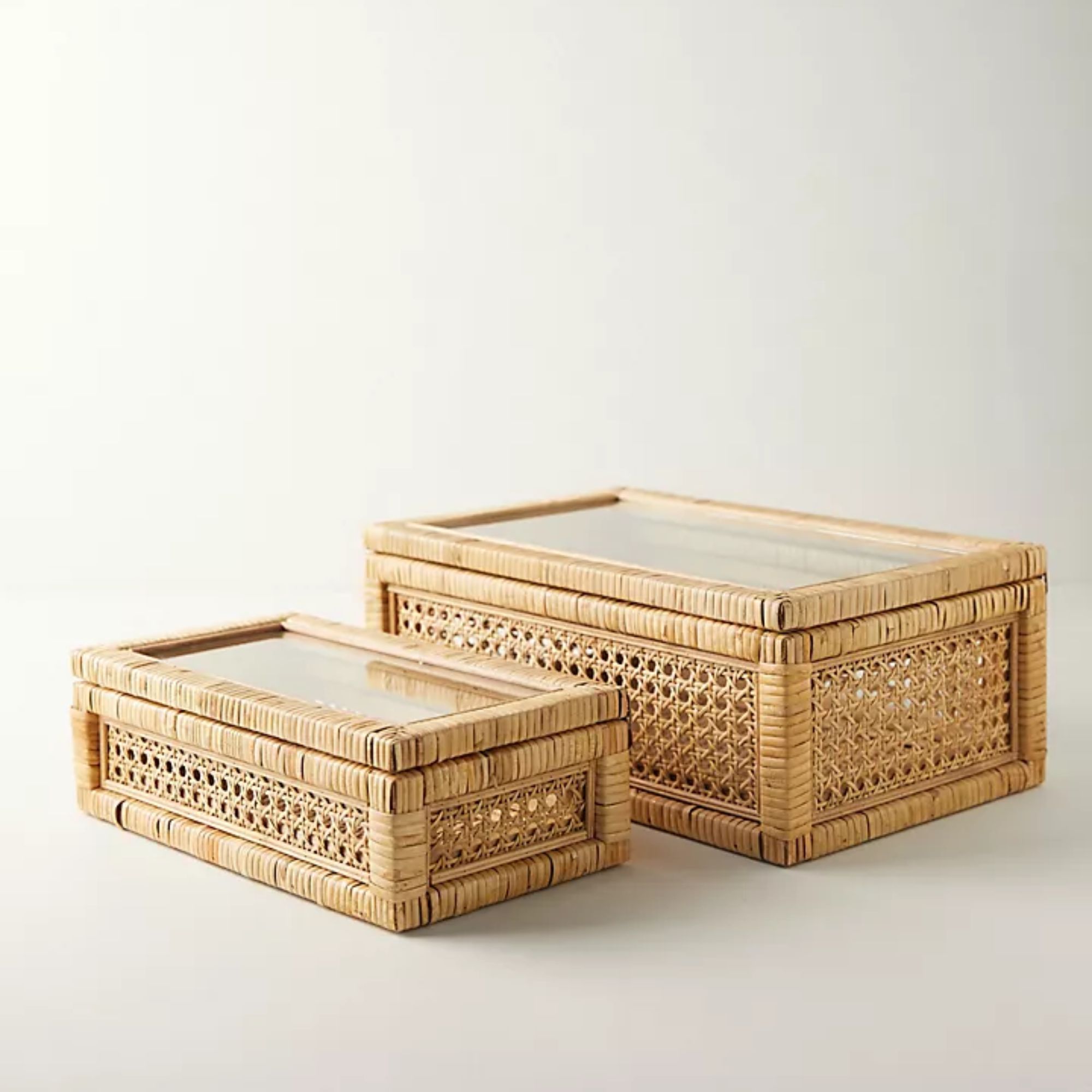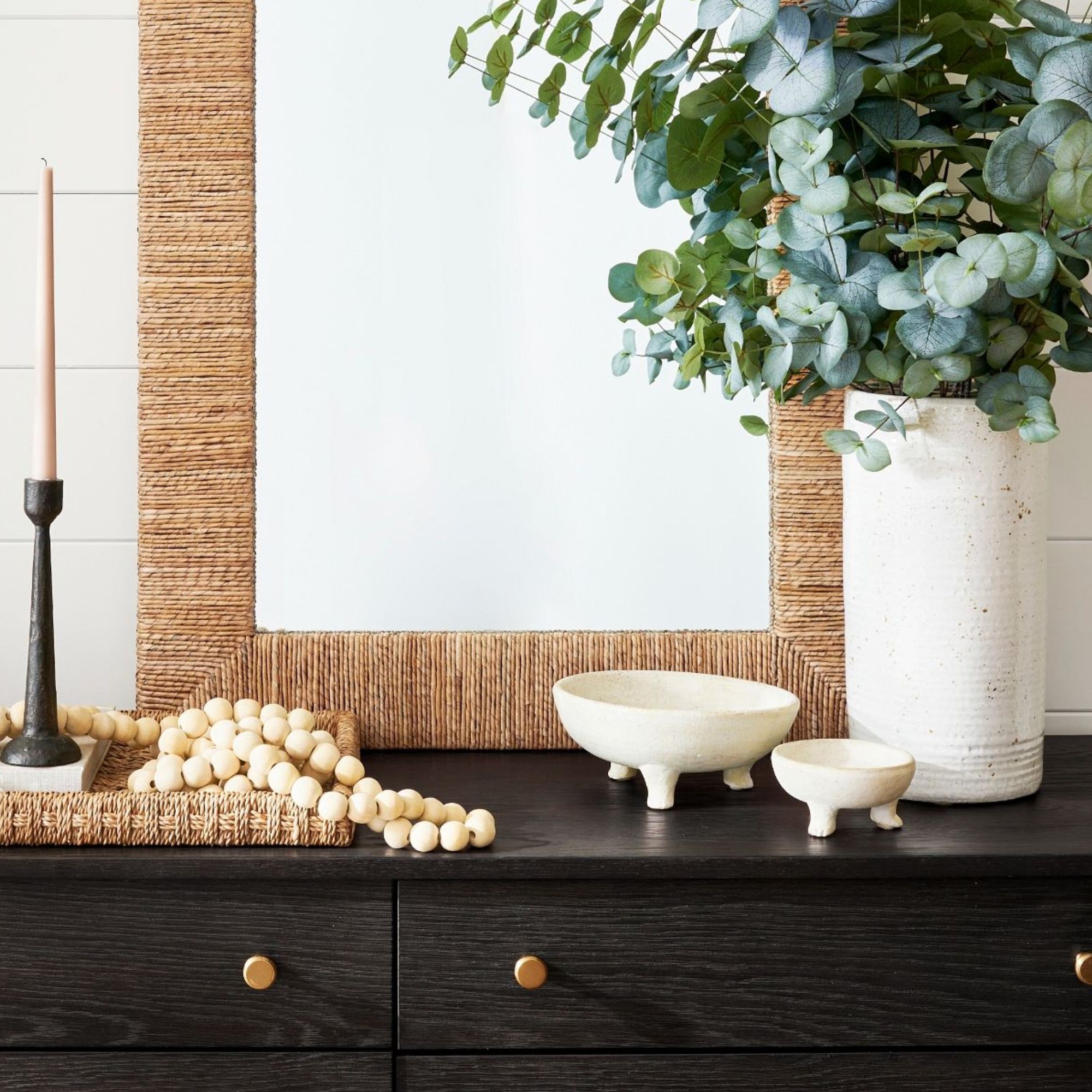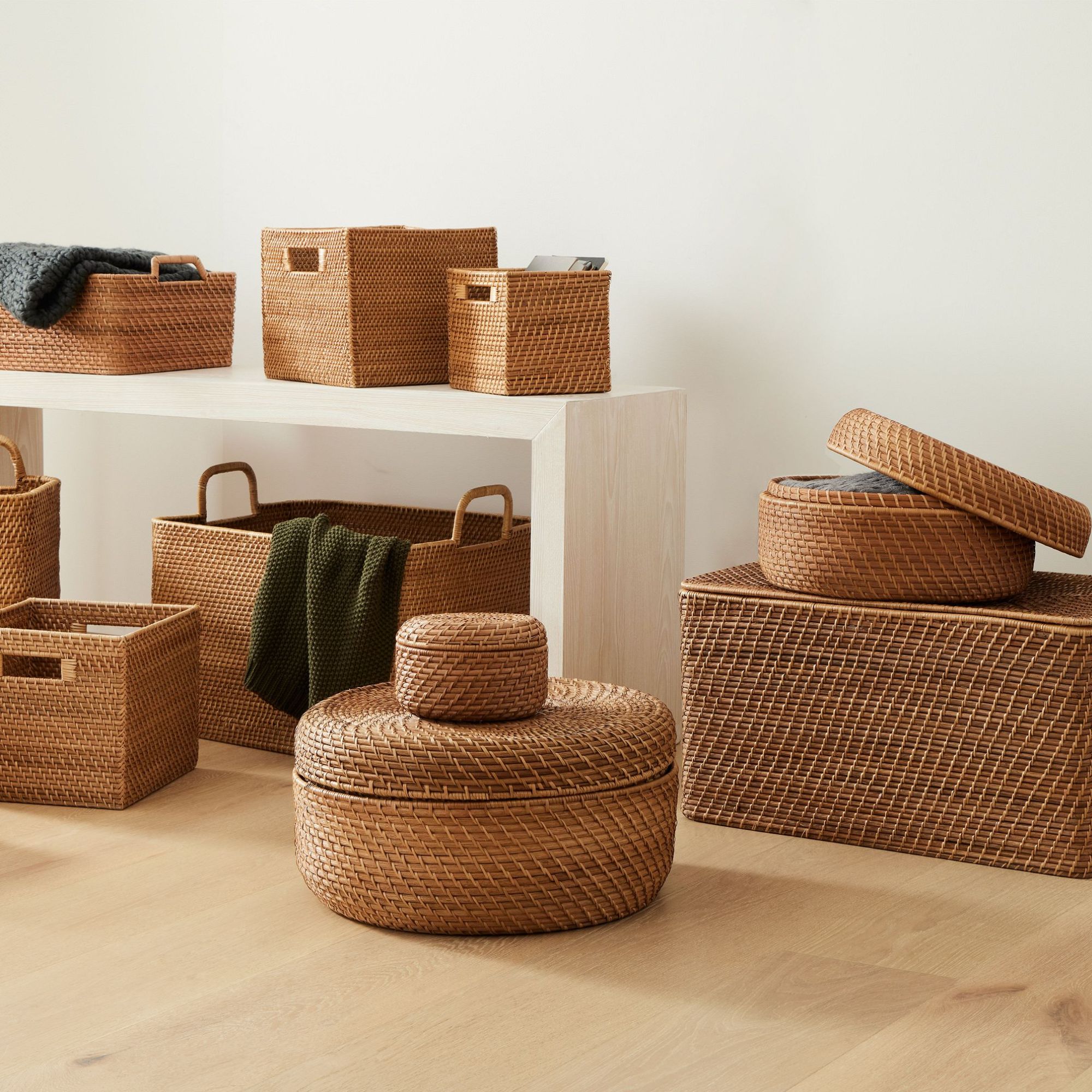Pro organizers say these are the must-haves for small entryways
Non-negotiables for a welcoming and well-ordered entryway, even when tight on space

Lola Houlton

The entryway is the opening chapter of your home's story, and unlike the mudroom, it's the entrance into your home that guests will be using.
So, whenever we are planning out or organizing a small entryway, we must be highly selective about what to include.
The first step to a well-ordered small entryway is to ask yourself what you (and other household members) come through the door needing to put down, and what you need as you head out the door.
Must-haves for small entryways
'Mudrooms and foyers receive a lot of attention as ideal entryways, but small entryways can be just as organized and functional,' says Caroline Roberts, professional home organizer and Homes & Gardens' contributing expert.
What you need in an entryway will, of course, be personal to you and your household, but these are five features that any entry will benefit from – catching the day's miscellany and ensuring a warm welcome.
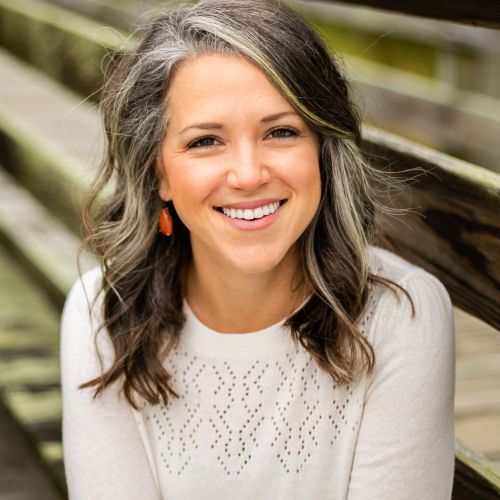
Caroline Roberts is a KonMari consultant and founder of the home organization company The Simplified Island. She and her team help clients declutter their belongings. Then they find the best places for your items so that their family members can find things and put them away. She is also a contributing expert at Homes & Gardens.
1. Furniture with storage
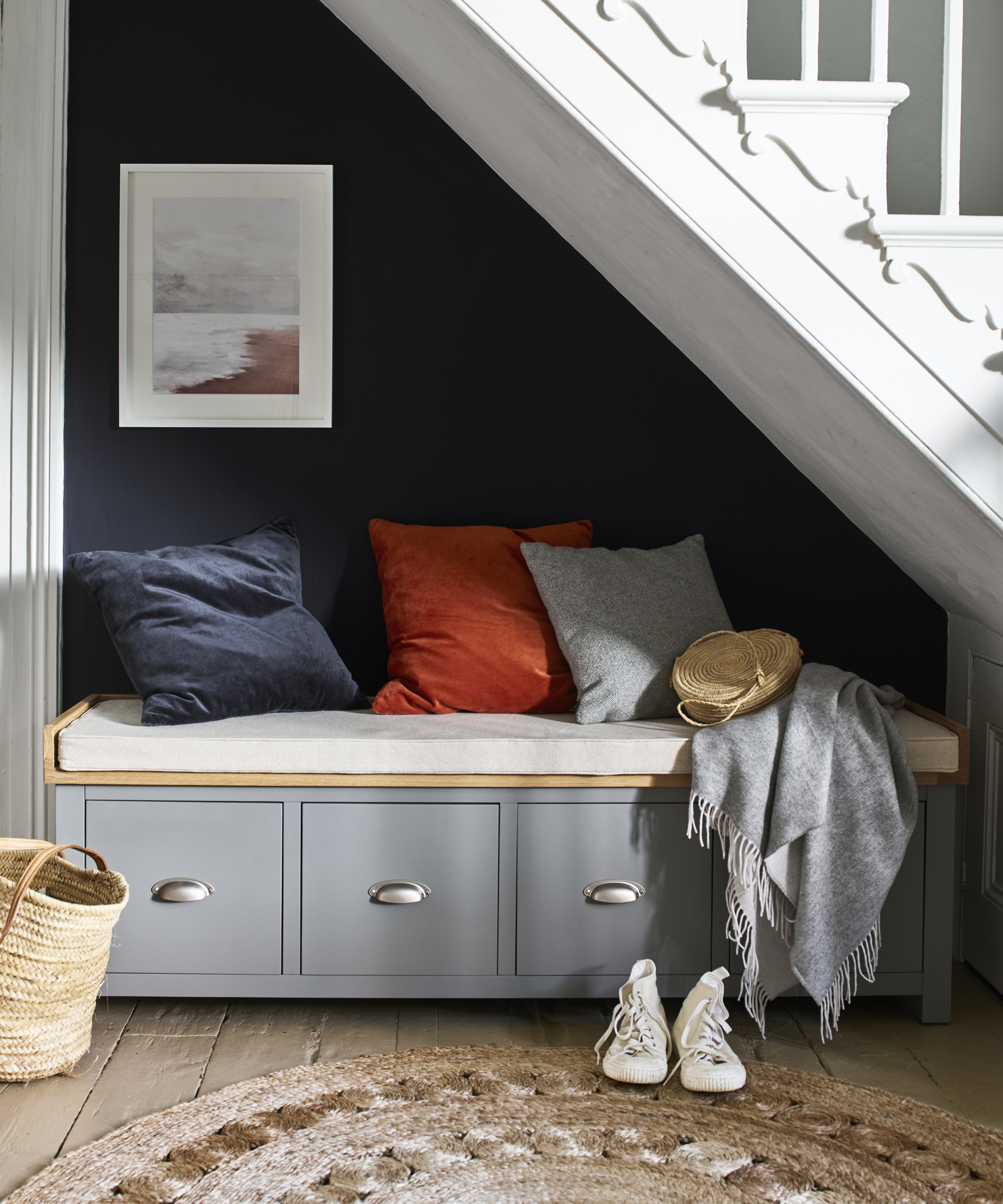
A piece of furniture that doubles up as hallway storage will elevate your entryway immediately. This might be a bench with a cushioned lid that lifts off, in which you can store shoes, dog leads, and so on, or a console table with drawers with baskets tucked underneath, as pictured above. Large wicker baskets (or hooks) are a great way to create entryway drop zones, which kids can use to hang up backpacks after school so things aren't left on the floor.
'A small entryway needs a piece of furniture with great storage. Think about what types of things tend to collect in your entryway and create a drawer or section of a drawer to hold those things,' advises Caroline Roberts.
Design expertise in your inbox – from inspiring decorating ideas and beautiful celebrity homes to practical gardening advice and shopping round-ups.
A multifunctional entryway bench is a practical investment. Look for benches with built-in storage to keep shoes, umbrellas, or seasonal items neatly tucked away. We love this Bernadette storage bench from Anthropologie.
'If you don’t have space for a shoe tray or rack, consider storing your most-used shoes in the bottom drawer of the chest,' says Caroline. Shoes are a common bugbear in entryways, as they take up lots of space. If your current shoe storage ideas are not working, try investing in a new solution, as well as encouraging family members to keep some of their shoes in their closets.
2. Hooks and pegs
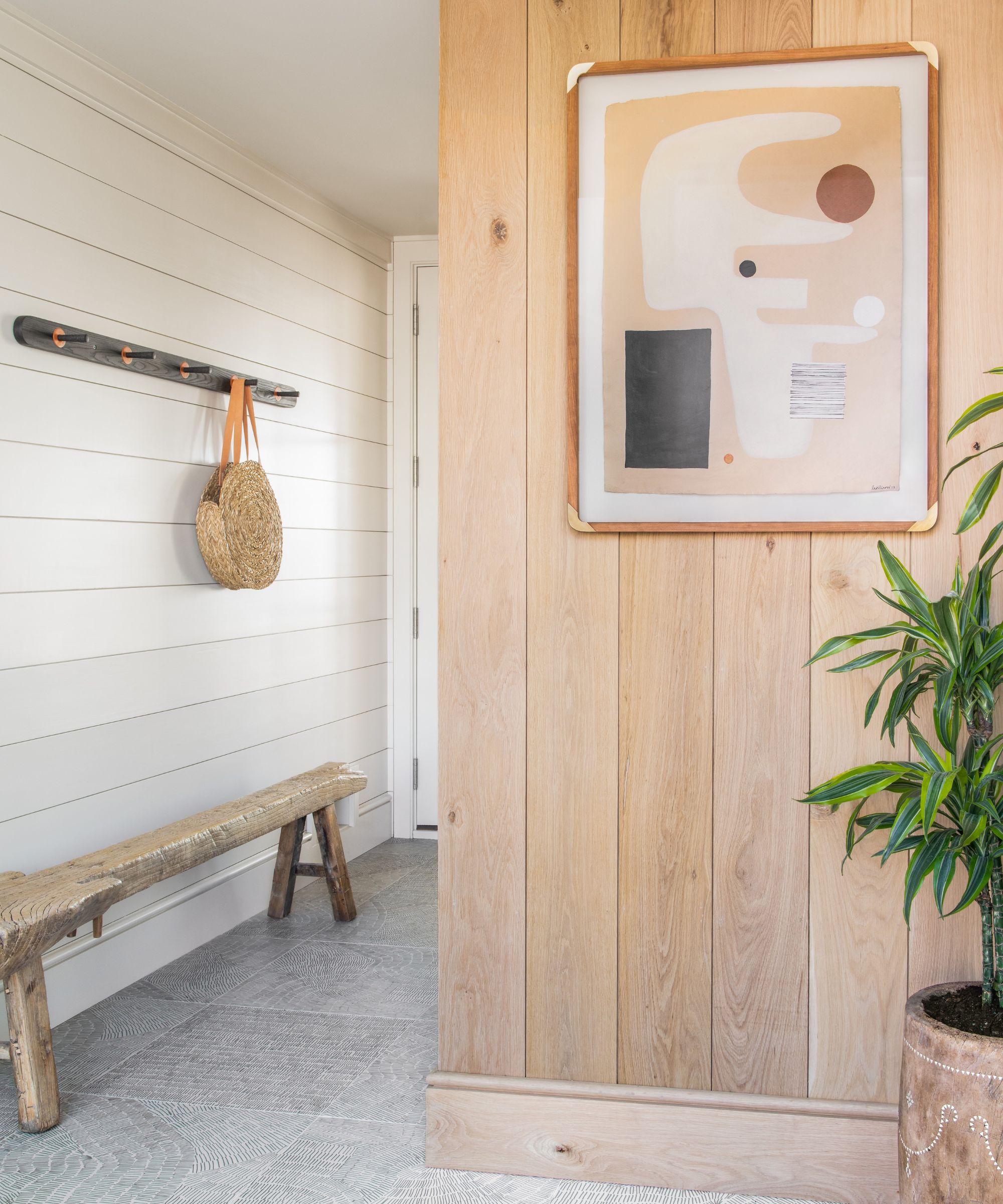
Life is much simpler when you have a designated spot to set down your keys. Chiana Dickson, Homes & Gardens' Solved writer, says a key hook is, well, key.
'I have a key hook with a shelf from Amazon that I love to put house and car keys on,' she says. 'Then I can put smaller things that maybe need to go out to my car with me (sunglasses etc.) on the shelf or mail that I need to do more with than just open and throw away.'
A key hook with a small ledge is handy for giving everyday essentials a home and is a great idea if you sometimes find it hard to get rid of paper clutter.
Lauren Brantley, interior designer and owner of Lauren Ashley Design, adds: 'It's important to recognize and address the unique storage needs of each family member. Install hooks or pegs at varying heights in your entryway to suit different coat lengths for adults and children'.

Chiana has been at Homes & Gardens for a year, having started her journey in interior journalism as part of the graduate program. She spends most of her time producing content for the Solved section of the website, helping readers get the most out of their homes through clever decluttering, cleaning, and tidying tips – many of which she tests and reviews herself in her home in Lancaster to ensure they will consistently deliver for her readers.
3. Hidden storage
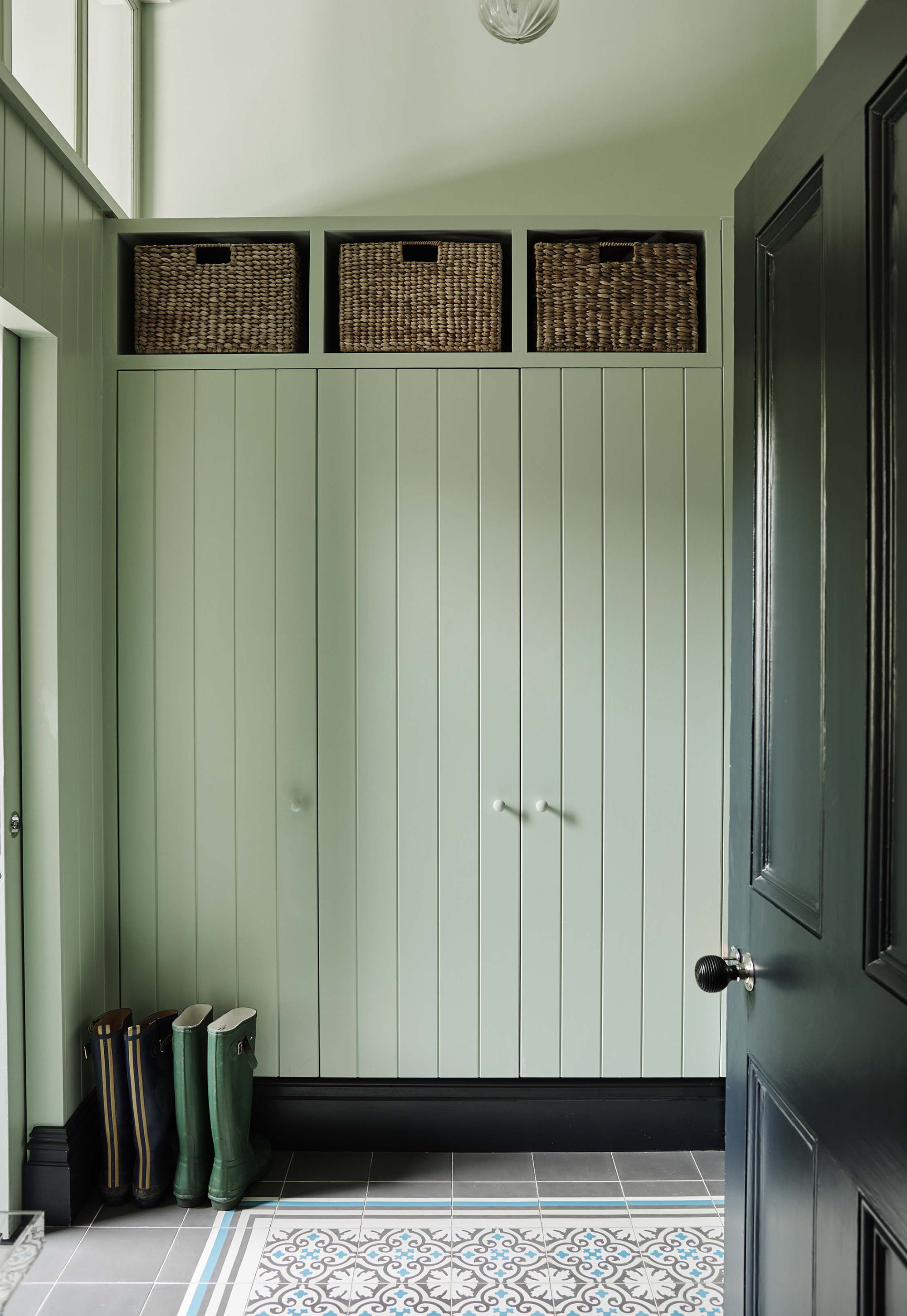
Provided that there is some closed storage in your small entryway, an over-the-door storage rack is essential. Caroline Roberts says, 'Remember to use wall space or the inside of a coat closet door for hanging purses, jackets, dog leashes, and umbrellas.'
Look for storage solutions that take belongings and objects from the floor to eye level instead. By using vertical storage and keeping items on the inside of doors, you can reduce the visual noise, making the space feel calmer and larger. Plenty of hidden storage will make an entryway far more practical and reduce the number of trip hazards.
Struggling for space? Edit down the jackets, shoes, sports gear, and so on by following entryway decluttering rules experts always follow.
4. Seating

If you have a 'no shoes in the home' policy – which we would argue you should for hygiene reasons and to protect your floors – make sure you include a streamlined bench. Somewhere to put on your shoes ups the level of comfort, and if you have a narrow hallway with absolutely no space even for a slim bench, try one or two storage ottomans at Anthropologie, tucked under the console table, ready to be pulled out as needed.
5. A Mirror
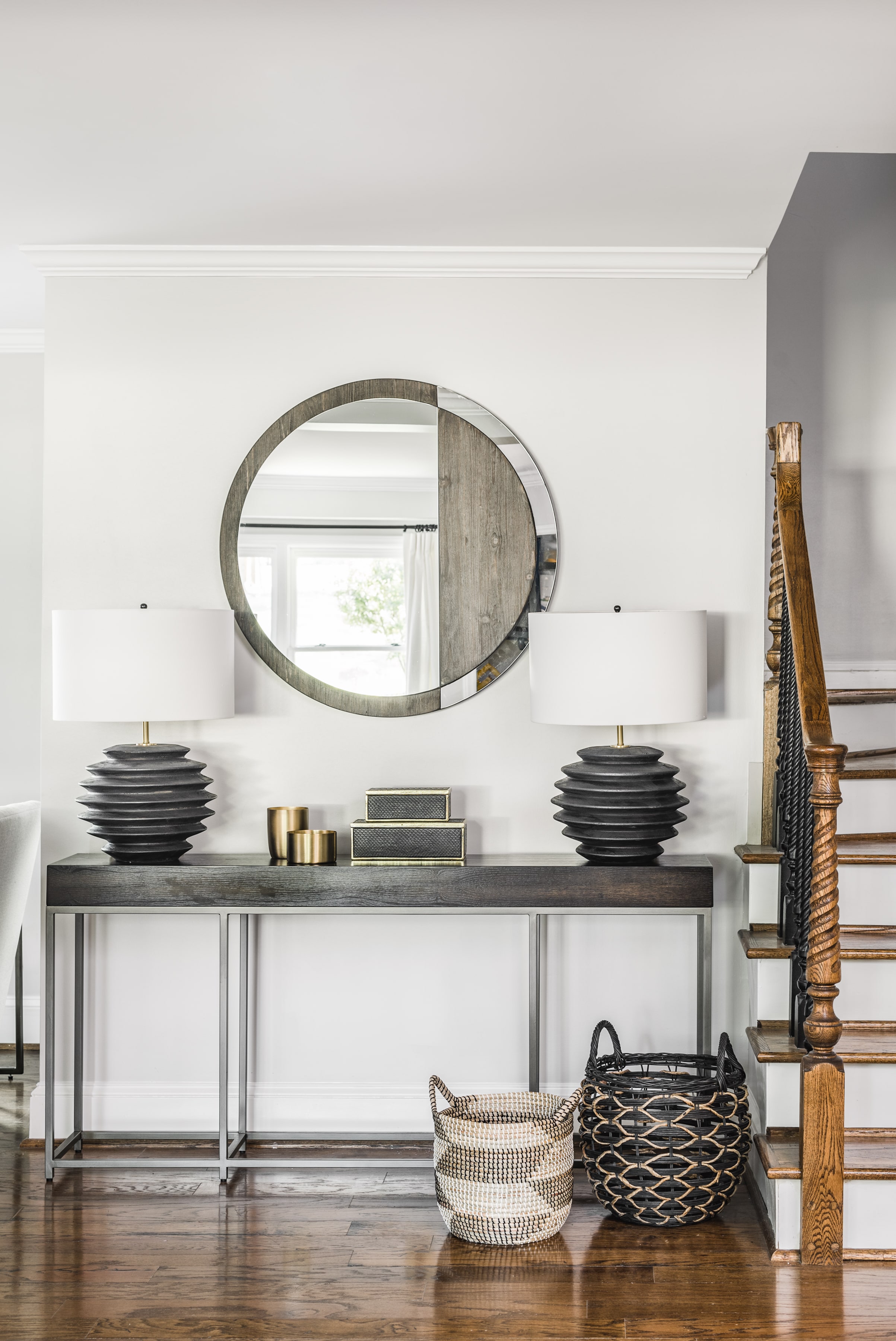
A mirror may not make things more organized, but it is both practical and space-enhancing and therefore earns its place in a small entryway. A mirror resting on your storage credenza or console table is always useful when rushing out of the door, and an aged mirror with some patina offers a way to create a more moody, weathered, and rustic look, so a mirror can even double up as artwork.
Ideally, a mirror shouldn't be placed directly facing the front door, according to feng shui mirror rules as it sends positive energy back out the door, but positioning it at a right angle is fine.
6. A small console table
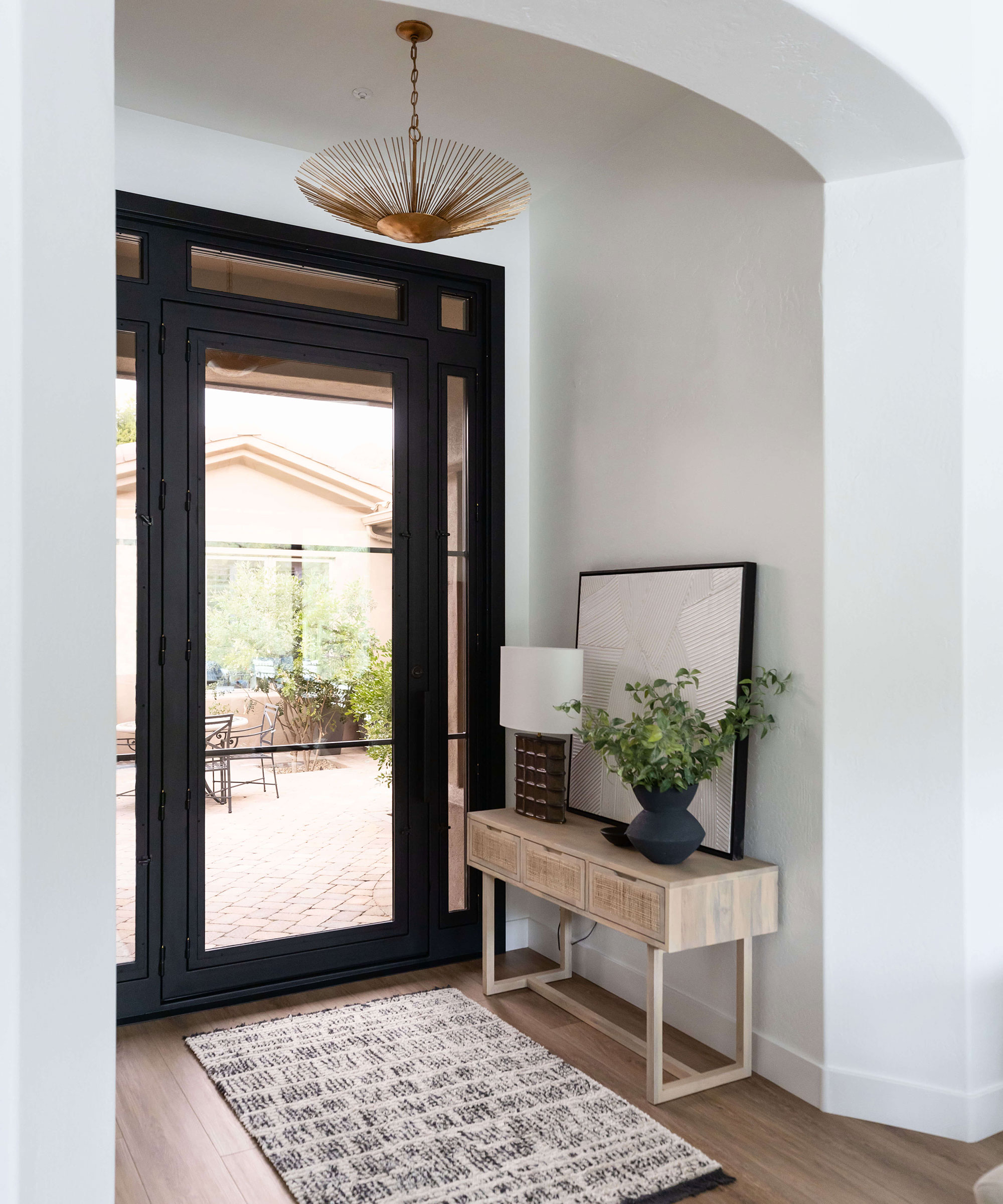
Even when space is limited, a small entryway table can be worth every square inch it takes up in its organizational benefits. These aesthetic options can be great for storing smaller items, such as keys and letter organizers, and larger, regularly used pieces, such as shoes for each family member or scarves.
Depending on the types of items you are storing, you may want to choose a console table with closed storage that can be filled with drawer organizers, such as these from Wayfair, or one with open storage that can be complemented with decorative storage baskets.
7. Floating shelves
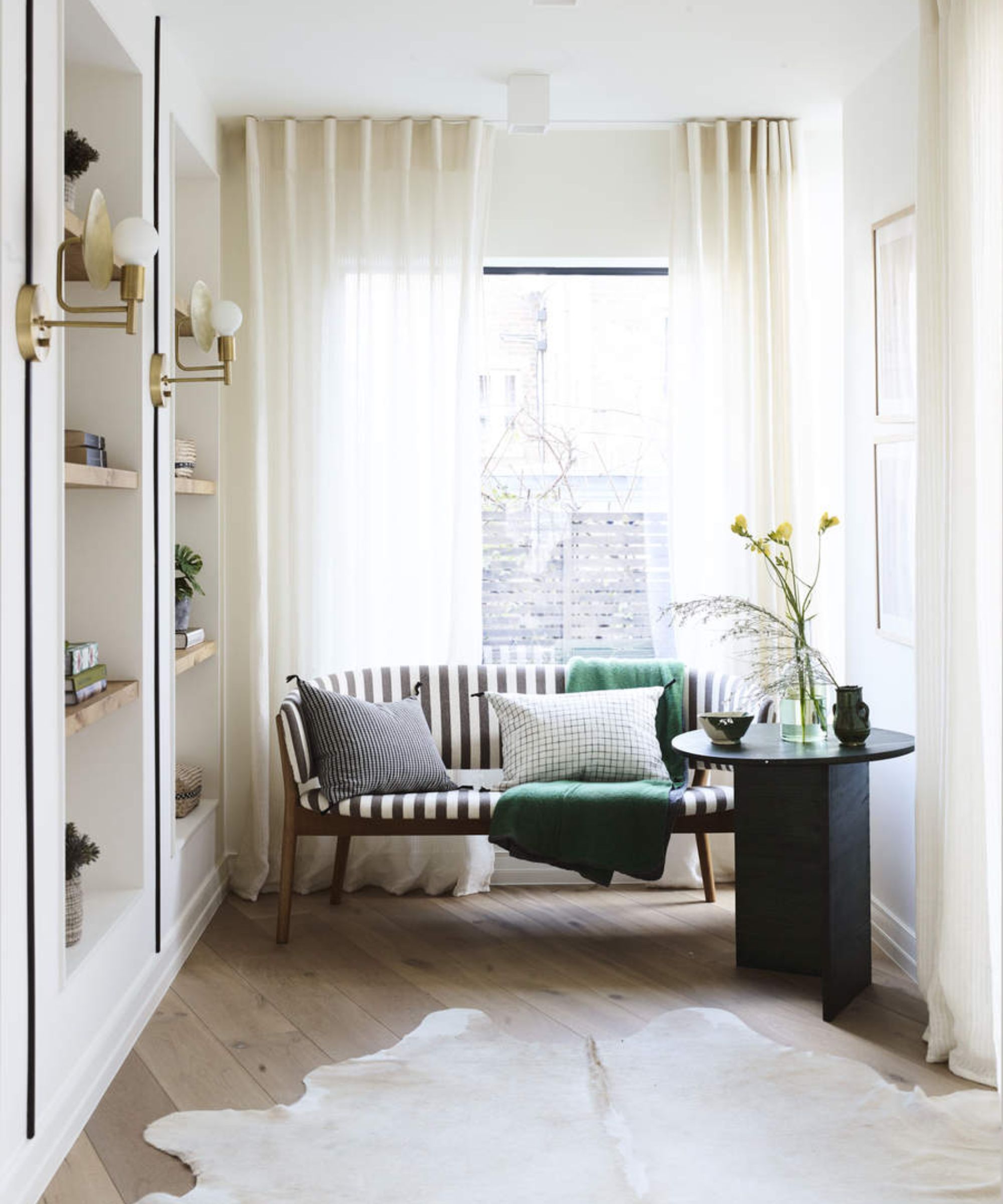
If your small entryway doesn't have the floor space for a console table, a handy alternative can be to install floating shelves.
Floating shelves maximize vertical space and can be used to hold decorative baskets or bowls for items like gloves, hats, or mail. Install them by your front door or try installing shelves in an alcove for convenient access to anything you tend to grab on your way out.
FAQs
How do I make a welcoming entryway?
Make your front entrance welcoming by first thinking about practicalities; is there somewhere to hang your coat, set down your keys, and remove your shoes? Is there enough room to comfortably move through this transitional space into the adjoining rooms? Ticking off functional aspects is key, and then you can think about adding a lovely signature scent through candles or fresh flowers, and ways to lift the spirits with artwork or photographs, patterned and textural rugs, lighting, wallpaper, and so on.
How can you personalize storage for family members in an entryway?
'Designate specific cubbies or drawers for each person's belongings, ensuring a personalized and organized approach for the entire family,' recommends Lauren Brantley, interior designer and owner of Lauren Ashley Design.
'Enhance organization by incorporating labels or personalized tags on baskets, drawers, or cubbies. This not only adds a touch of charm but also ensures everyone knows where their belongings belong, reducing clutter and making it easy to maintain order.'
Don't forget personal touches, from framed artwork and photographs to sentimental trinkets and plants. These will create a welcoming and homely atmosphere; after all, decorating isn't about creating a show home.
Another practical tip for everyday life is to add a table or floor lamp set on a timer to come on as you come home or one with a switch that you can simply step on. This will help you see what you're doing as you triple-check you have your cell phone before you leave.

Millie is a freelance writer and qualified interior designer based in Sheffield. She has many years of experience in the world of content and marketing, and previously worked as the head of Solved at Homes & Gardens. Before that, she worked in SEO at News UK in London and New York. She has a first-class degree in French and Italian from UCL and loves to weave decor into her home that reminds her of time spent living and studying in Bologna. Millie believes a clutter-free space that you love coming home every day is the best secret weapon for our well-being.
- Lola HoultonNews writer
